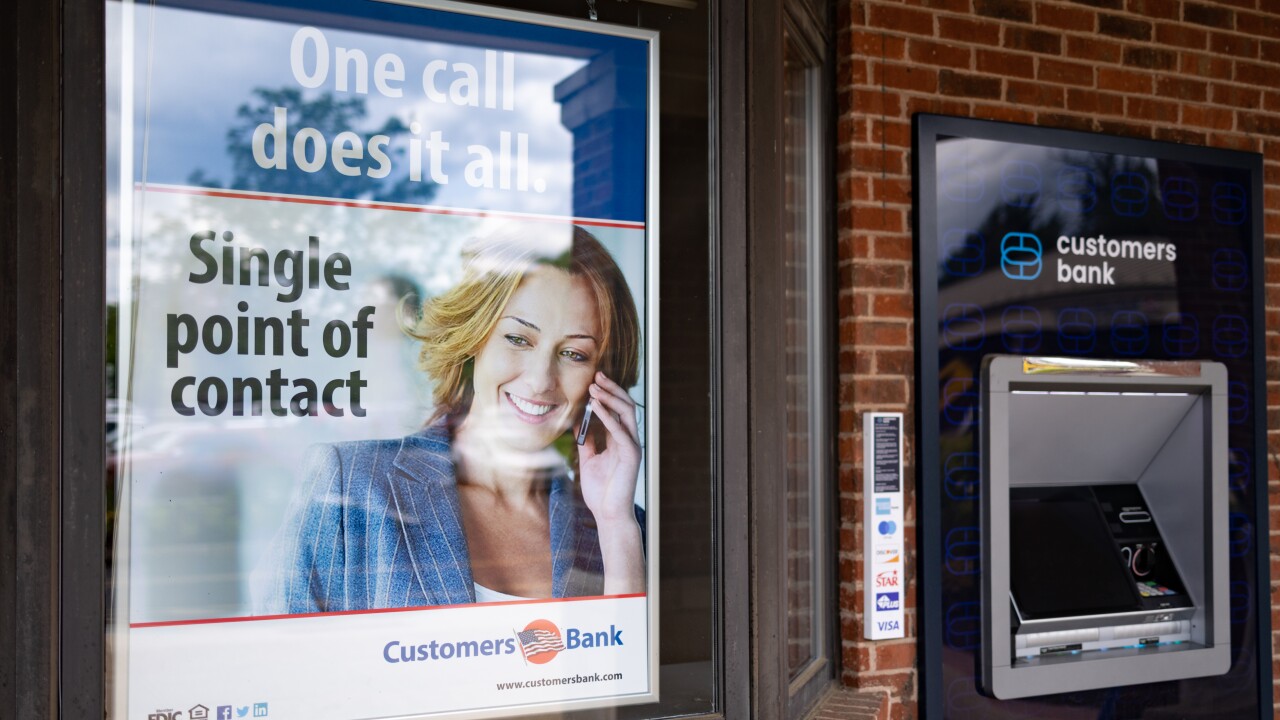The automated clearinghouse system is a processing and delivery network that distributes and settles electronic credits and debits between financial institutions. Through dedicated, nationwide telecommunications and computer links, participating financial institutions-some 98% of U.S. banks and credit unions-can communicate with each other to exchange information and funds. The Federal Reserve Bank and the Electronic Payment Network are the ACH operators that route the transactions.
In the late 1960s, a group of California bankers began discussing ways that computer technology might replace some paper check payments with electronic funds transfers between trusted parties. Their work led in 1972 to the first ACH association for exchanging local funds electronically.
Similar associations formed shortly thereafter in other U.S. regions. As the associations grew, they worked with regional Federal Reserve banks to create facilities, staff and equipment to operate regional ACH networks. In contrast, financial institutions in New York and Chicago set up networks with private clearinghouses to handle their ACH transactions. Back then, electronic ACH transactions required human transport of magnetic computer tapes between financial institutions.
In 1974, ACH participants around the country formed the National Automated Clearing House Association (NACHA) to set rules and coordinate ACH transfers throughout the United States. NACHA also works to promote ACH growth and provides educational support to its members and other participants in the system.
Some regional ACH associations also develop local rules for their member financial institutions, but their main functions today are educational. They offer training sessions and testing for would-be ACH operators at banks and credit unions and system audits for their members.
NACHA and the Fed worked together to electronically link local ACH networks nationwide, an effort that was completed in 1978. This made the Fed the nation's largest ACH network operator.
At first, the Fed operated its ACH network for free. But the federal Monetary Control Act of 1980 required the Fed to charge users and act as though it were a for-profit corporation competing with others. In doing so, the Fed could recover its operating costs and drive efficiency. Today, the Fed charges banks that introduce ACH payments into the network various monthly account-servicing and settlement fees. Transactions themselves cost from 0.3 cents to 0.25 cents per item depending on the size of the batch of transactions.
The Monetary Control Act also encouraged private ACH operators to compete with the Fed. A few emerged, but today there are only two. The Fed handles 70% of the nation's ACH transactions, according to NACHA; the New York-based Electronic Payments Network routes the rest.
An ACH debit to a consumer's account begins when the consumer presents the payment to a merchant such as an insurance company or supermarket. That merchant sends the ACH payment information, usually in a batch with other check payments, to its third-party processor or bank. If the merchant and customer use the same bank, the bank settles the transaction internally.
If not, the bank sends the payment information to the Federal Reserve or other ACH network operator. The operator sends the payment information to the consumer's financial institution, which debits the consumer's account. The consumer's financial institution sends the ACH transaction back through the ACH system to the merchant's bank. With electronic check conversion, the whole process takes a couple of days, quicker than the movement of paper checks and cheaper than the cost of credit and branded debit card transactions.
(c) 2006 Cards&Payments and SourceMedia, Inc. All Rights Reserved.
http://www.cardforum.com http://www.sourcemedia.com
-
The Dallas-based bank is the subject of a scathing new report by HoldCo Asset Management, which says it should take advantage of current market conditions to sell itself. The investment firm accused Comerica's management of making poor decisions and failing to address its lagging stock price.
4h ago -
The Pennsylvania-based bank will continue to lean into its digital assets payment platform now that the GENIUS Act has become law. Its incoming CEO says he's not concerned about new entrants.
5h ago -
Art collectors — and criminals — can anonymously spend millions on art in the U.S. A newly introduced bill could change that.
8h ago -
The big box retailer is trying to increase share among its business clients by adding financing options for businesses that are navigating economic volatility.
8h ago -
A judge ruled the Pennsylvania lender had to commit to its increased fair lending obligations for three more years, as it wouldn't harm the public interest.
11h ago -
Like its sibling app Zelle, Early Warning's digital wallet is trying to build a brand that can attract new members. Star One Credit Union is an early win.
July 28





